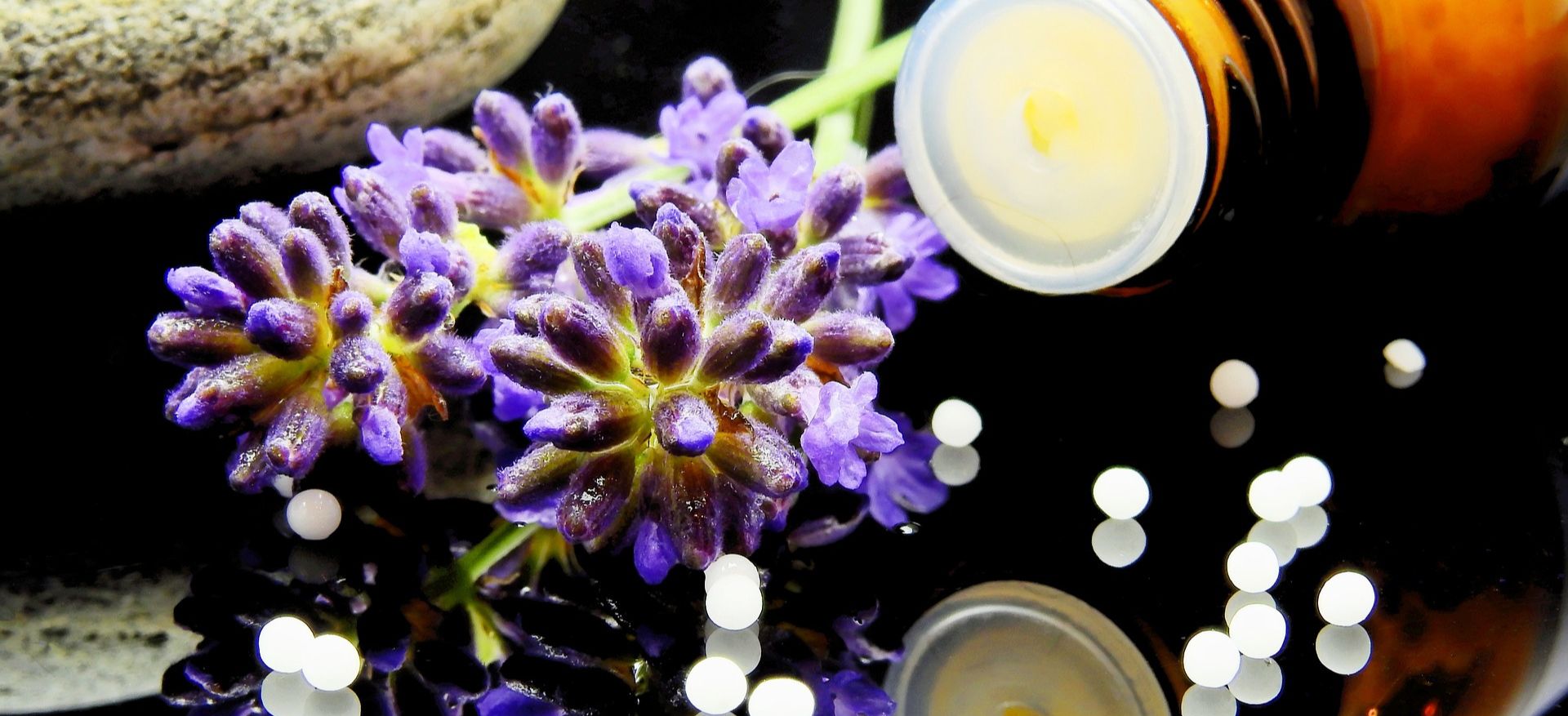Almost everyone, at some time, has experienced significant back or neck pain, severe enough to make normal activity difficult or impossible. Back pain is the second most common reason people visit physicians for, and spinal surgery is the third most common surgery performed today, even though the opinion about its efficacy remains divided. Our experience of several years in treating all sorts of, both, pre-surgery and post-surgery, serious spinal complications with homoeopathy / homeopathy not only taught us how much suffering can be mitigated with proper & timely homoeopathic / homeopathic treatment, it also highlighted the general tendency to grossly neglect our mid sections (abdomen & back) till these become cause of trouble for us, and the startling ignorance that leads to the widespread habit of killing the back pain by popping painkillers and applying the latest gels prescribed freely on television. One must remember killing pain and curing the cause are different terms. Painkillers sedate our brain and make it ignore rather than fight the trouble and the degenerative process continues in the spine till it reaches a level where painkillers fail and we are caught unawares.
This article is our bit to spread awareness about this most wondrous part of our body that helps us walk tall as the greatest of all mammals, namely, spine. Spine is constituted of 33 vertebrae, which surround and protect the spinal cord. The spinal cord is an extension of the central nervous system (CNS), which consists of the brain and spinal cord. It begins at the bottom of the brain stem, and ends in the lower back. The vertebrae are linked by strong ligaments and have flexible discs; called inter-vertebral discs which act as shock absorbers. Joints of spine are bound by ligaments, which limit their movement in certain directions Spine acts as the major support system for the rest of the body. Due to complexity of its structure & the tasks it performs, it’s vulnerable to many disorders. Disturbance of the normal spinal curvatures set into motion several types of deteriorative processes that can be immediately pain producing or pain, in some cases, might appear later after the deteriorative process comes full bloom.
Is your spine healthy? Evaluate yourself….
The healthy spine is capable of a good range of movement along its entire length. It has three types of movements, forward bending, backward bending & bending on side to side. The defined normal range is 30 degrees for lateral and backward bending.
The different terms used regarding lesions related to spine are explained here:
Spondylosis: – A degenerative disc disease affecting the vertebrae, inter-vertebral disc and surrounding supporting ligaments causes pain or abnormal touch sensation such as burning, prickling or formicating often in the absence of external stimuli. It’s common in cervical &lumbar vertebrae.
Osteoarthrosis: Is the acquired joint degeneration through poor biomechanics. Uneven weight bearing and abnormal pulls from tendons can degenerate facets of spinal column. Excessive facet compression during spinal extension can aggravate joint lining, cause joint inflammation. Snap, crackle, and pop sounds can be caused by neck movement, sometimes painful, sometimes not, these sounds are commonly caused by Osteoarthrosis.
In Prolapsed inter-vertebral disc, the affected inter-vertebral spaces become narrow and result in compression of the nerves. This occurs more in the lower cervical and lower lumbar region. It leads from dull ache to severe shooting pain radiating to legs also.
Osteoporosis is a bone disease in which the amount of bone is decreased and the structural integrity of trabecular bone is impaired. Cortical bone becomes more porous and thinner. This makes the bone weaker and more likely to fracture. In Patients taking treatment with steroids (Corticosteroids), steroids cause osteoporosis and fractures in a high percentage of patients.
Osteoarthritis is a non inflammatory degenerative joint disease occurring chiefly in old age. It is accompanied by pain and stiffness.
Osteomyelitis of spine is an inflammation of one or more than one vertebrae characterized by fever, pain with tenderness of vertebrae
Pott’s disease is Tuberculosis of spine characterized by stiffness of the vertebral column, pain on motion, tenderness, prominence of certain vertebrae and occasionally abdominal pain..
Spondylolisthesis is a forward displacement or slippage of one vertebrae over another. Usually, due to developmental defect or progressive degeneration of the spinal joints leading to low back pain..
Scoliosis: This is is a musculoskeletal condition that primarily affects children and adolescents, in which there is an abnormal lateral curvature of the spine, causing the spinal column to bend to the left or right.
Kyphosis : is a curving of the spine that causes a bowing of the back, which leads to a hunchback or slouching posture. is a spinal deformity that can result from trauma, developmental problems, or degenerative disease.
Herniated or slipped disc: This is a condition in which part or all of the soft, gelatinous central portion of an intervertebral disc is forced through a weakened part of the disc. This results in back pain and leg pain (lumbar herniation) or neck pain and arm pain (cervical herniation) due to nerve root irritation.
Osteomalacia This is softening of bones ,leading to multiple fractures. It is usually caused by vitamin D deficiency or by a digestive tract or kidney disorder as these disorders can interfere with the body’s use of vitamin D. rarely Osteomalacia is caused by a low phosphate level.
Spina bifida is birth defect caused by an incomplete closure (an opening) of one or more vertebral arches of the spine, resulting in malformations of spinal cord
Written By – Dr (Mrs.) Shubhangi Kaushal (M.D. Hom.), (Former Registrar Nehru Medical College New- Delhi) & Dr. Shikhar Kaushal, (Founder Director Panacea Homoeopathic / homeopathic Clinic).

